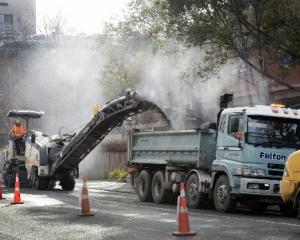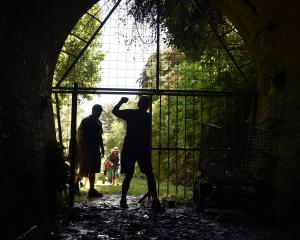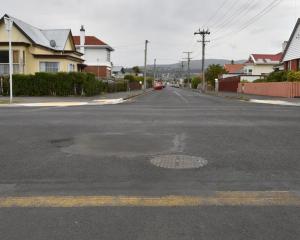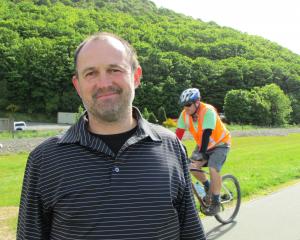Parking outside and access to up to 46 businesses on the two one-way sections of the state highway through the city could be affected by proposals to install a uni-directional lane or two-way lane to improve cyclist safety.
Businesses and major operations and visitor attractions which made submissions on the proposal, including the Otago Museum, Cadbury, Allied Press and the Southern District Health Board, have identified, as major concerns, safe access to and from their properties over the proposed lanes and the potential loss of parking for visitors, clients and staff.
Most, as well as the AA Otago and the Otago Chamber of Commerce, say they cannot fully support the proposals until the negative impacts they will have on businesses are mitigated.
During recent consultation on the proposed lanes, the Otago Museum made a strong submission against both proposals put forward by the New Zealand Transport Agency (NZTA) and the DCC.
Museum director Ian Griffin said both would seriously impact on the museum's operation because of the potential loss of parks on both sides of the building.
He said most of the 450,000 people who visited the museum each year came from outside the city centre and arrived in cars.
''Very few visitors cycle to the museum and while the present proposals may increase visits from cyclists, they will have a negative impact on visitors (many of them tourists) who have no choice other than to drive to the museum.''
Under the present proposals, visitors, many with young children, would be forced to cross State Highway 1 to get to the site. People making deliveries would also have to cross the cycle lane at ''significant risk of an accident''. Neither were desirable situations.
The museum wanted to support increased cycling, but the present proposals were ''not something we can support because no mitigation is provided for the negative impact on our business'', Mr Griffin said.
Many businesses said there was not enough information in the proposal around parking issues, and those who would entertain it said they needed to see more detailed investigations into parking use and potential alternative arrangements for parking in the area before they could support a cycle lane.
Many wanted to be consulted on the development of alternative parking options as well as detailed lane design.
Accounting firm Keogh McCormack, which owns own property in Radio Otago House, called the loss of parking outside the building ''anti-business'' because it impeded staff and clients' access to the business and also consequently eroded the value of their asset.
Cadbury site manager Judith Mair said 65% of Cadbury's 120,000 annual visitors arrived by car. Removing parks there would potentially affect visitor numbers and therefore other business initiatives, such as a planned cafe.
Cadbury and neighbour Allied Press both had large numbers of truck movements in and out of their properties daily and both had serious concerns the lanes posed significant safety issues.
Ms Mair said the issues of conflicts between trucks and cyclists had the potential to fetter the ongoing operation of the plant if not adequately addressed, although the company could support a one-directional lane if more parks were put in on the western side of Cumberland St.
The NZTA has said it will do a lot more work on analysing vehicle movements in the area and the safety issues in the next few months.
DCC transportation planning manager Sarah Connolly said it was recognised that unless people's concerns were addressed there would not be support for the project.
''We won't be able to make everyone happy, but we want to satisfy the majority and to do that we need to collect a lot more information.''
The council had identified several parking options, from rejigging parking times on nearby streets to a new parking building.
''For each option we're looking at [over the next few months] how many parking spaces could be created at what cost, who would be using them, and where would they be, so as to be within a reasonable walk of the places that need to be reached.''
When they had more information they would go back to affected businesses and seek input.








